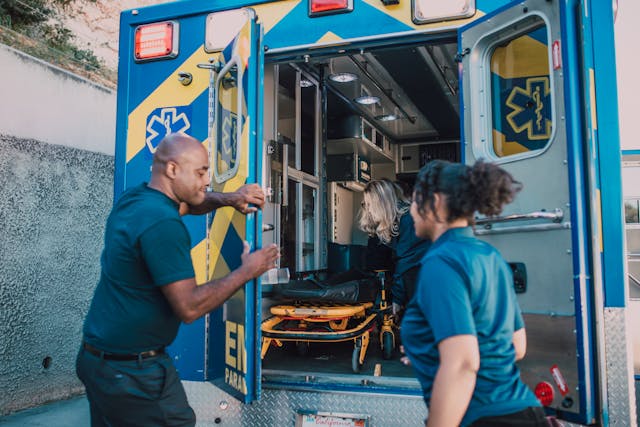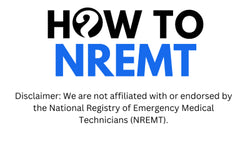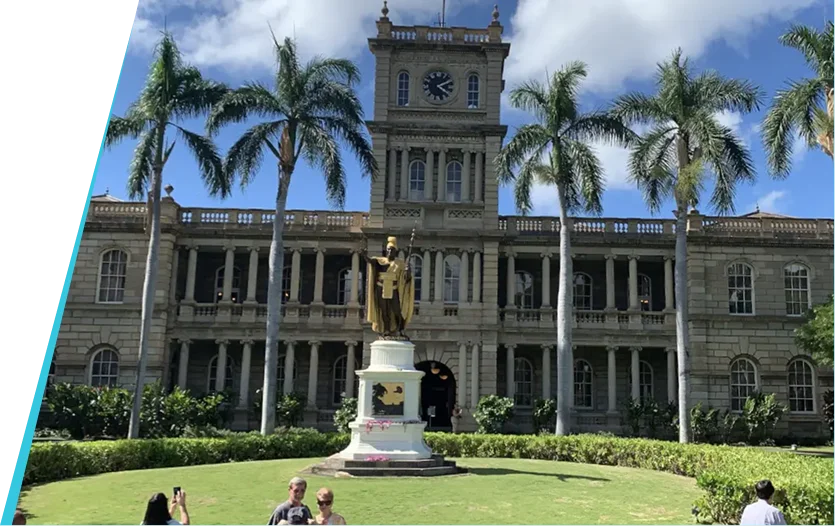Emergency Medical Technicians (EMTs) in Hawaii play a critical role in providing immediate care across diverse terrains, from rural stretches of the Big Island to busy urban zones like Honolulu. If you're preparing to take the NREMT for the first time and want to start your EMS career in Hawaii, this guide walks you through the certification steps and how How To NREMT helps you get exam-ready with focused, first-time test prep.
Step 01

Understand Hawaii's EMT Certification Requirements
To become an EMT in Hawaii, you must meet the requirements set by the Hawaii Department of Health’s Emergency Medical Services and Injury Prevention System Branch (EMSIPSB). The process includes state-specific education, national certification, and licensure.
Basic Requirements
- Be at least 18 years old
- Have a high school diploma or GED
- Hold a valid CPR certification (American Heart Association BLS or equivalent)
- Complete a Hawaii-approved EMT training program
- Pass the NREMT cognitive exam
- Submit a completed application to EMSIPSB with required documentation
Step 02

Enroll in a State-Approved EMT Training Program
EMT training in Hawaii is offered through community colleges and EMS providers. These programs are designed to provide classroom instruction, hands-on practice, and clinical ride-alongs that meet Hawaii state and NREMT standards.
Popular options include:
Your training must include instruction in airway management, trauma care, cardiology, EMS operations, and pediatric emergency care.
Step 03

Pass the NREMT Cognitive Exam
The NREMT cognitive exam, updated as of April 7, 2025, assesses your readiness to perform as a competent entry-level EMT.
New BLS Domain Areas
- Scene Size-Up and Safety
- Primary Assessment
- Secondary Assessment
- Patient Treatment and Transport
- Operations
Exam Details
- Computer adaptive format
- 70 to 120 questions
- Taken at a Pearson VUE testing center or online with a secure proctor
Step 04

Apply for State Licensure in Hawaii
Once you pass the NREMT exam, you must apply for EMT licensure through Hawaii’s EMSIPSB.
Licensure Application Steps
1. Download the application from the Hawaii EMS Licensure Page
2. Submit proof of:
- NREMT certification
- EMT course completion
- CPR certification
- Government-issued photo ID
3. Pass a criminal background check
4. Submit the completed form via mail to EMSIPSB with the required fee
After review, you will receive your Hawaii EMT license, allowing you to practice statewide.
National vs. Hawaii EMT Certification Breakdown
| Requirement | National (NREMT) | Hawaii State Requirement |
|---|---|---|
| Age | 18+ | 18+ |
| High School Diploma or GED | Yes | Yes |
| CPR Certification | Yes | Yes |
| EMT Course Completion | Yes | Must be Hawaii-approved |
| NREMT Cognitive Exam | Required | Required |
| State Background Check | Not required | Required |
| State Licensure Application | Not applicable | Required via EMSIPSB |
Note: The psychomotor exam is no longer part of the National Registry (NREMT) certification process.

- Choosing a selection results in a full page refresh.



